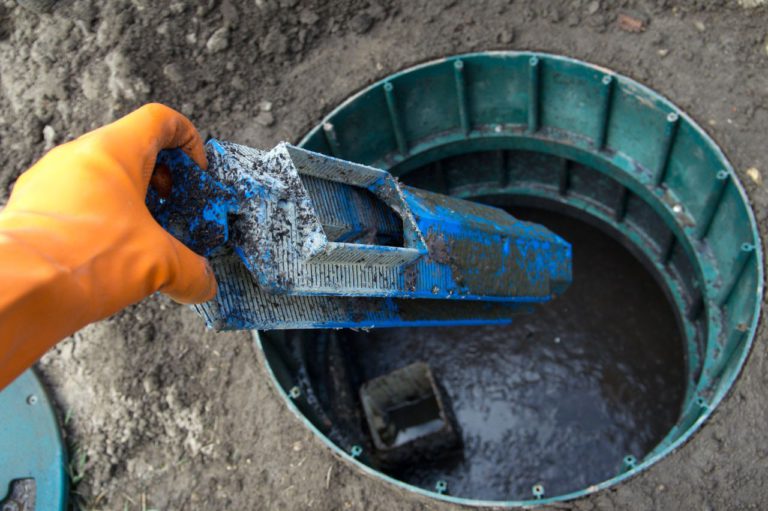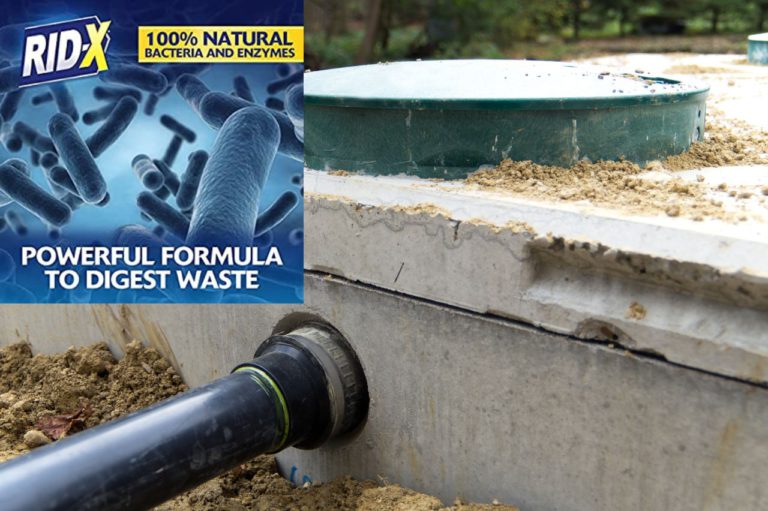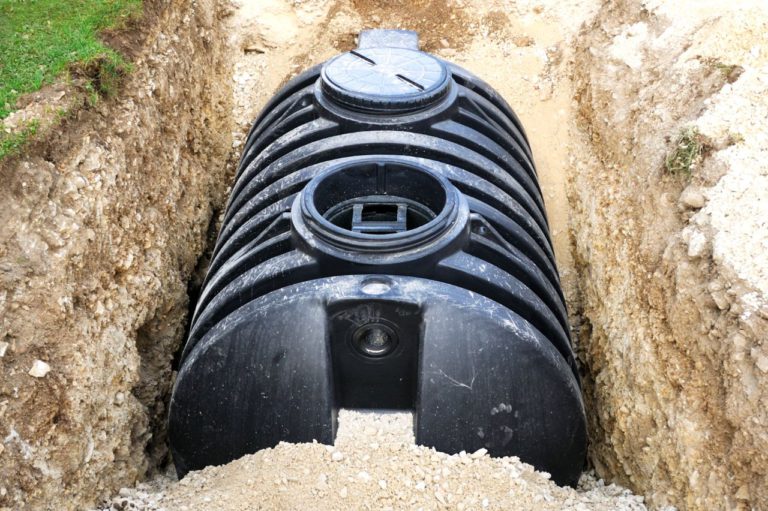Cleaning a septic tank
What is a Septic Tank?
A septic tank is a self-contained waste management system that uses natural bacteria to break down solid waste. It is typically used in rural areas or where city sewer lines are not available. If you’re looking for an affordable, low-maintenance way to dispose of wastewater, a septic tank may be the right choice for you. Let’s take a look at how they work.
How Septic Tanks Work
Septic tanks are designed to allow wastewater to separate into three layers. The upper layer consists of scum that floats on top of the water, while the lower layer is made up of sludge that settles at the bottom of the tank. In between these two layers is the clear water – this is what flows out from the septic tank into the drain field or leach field where it can be absorbed into the soil.
Within the septic tank, bacteria break down both solid and liquid waste products – known as effluent – which helps reduce its volume and ensure it doesn’t overflow. These bacteria also help purify wastewater by killing harmful microorganisms such as germs and viruses before they can reach groundwater sources such as rivers and lakes.
Septic tanks should be pumped out regularly (typically every three to five years) to prevent them from becoming clogged with solids and liquids. This helps maintain their efficiency and extend their lifespan. Additionally, it’s important to make sure only certain materials get put into your septic system; things like cooking oil, diapers, feminine hygiene products, cigarettes, paint thinners, bleach, lye soap should all be avoided as they can disrupt bacterial activity within your septic tank.
How to Maintain Your Septic Tank
A septic tank is a crucial part of any home or business. It collects waste from bathrooms, kitchens and other areas of your property and stores it until the tank can be emptied by a certified technician. For the tank to do its job properly, it needs to be maintained regularly, otherwise it can become clogged or damaged. Here is how you can keep your septic tank running smoothly.
Monitoring Waste Levels & Pumping Out The Tank
Your septic tank should only be filled with solid waste up to 50% of its capacity at any given time. Any more than this will reduce the amount of water that is able to pass through the tank as well as reducing the rate at which solid waste decomposes. If you notice that your tanks are filling up faster than usual, then you may need to arrange for them to be pumped out more regularly – usually every 3-5 years depending on usage.
Cleaning The Outside Of The Tank
The outside of your septic tank should also be checked regularly for signs of damage or wear and tear. This could include anything from cracks in the lid or walls, structural damage caused by roots or other debris or simply general build-up of dirt and grime that affects the tank’s ability to function correctly. To clean outside your septic tank simply use a garden hose with a pressure sprayer attachment (if available) and wash off any surface dirt or debris using warm soapy water and a soft bristled brush if necessary. Once this has been done allow the surface area to dry before replacing any lids or covers back onto the tank.
Checking Septic System Components
In addition to checking and cleaning the outside of your septic tanks, you should also check all components such as pipes, filters, and pumps for signs of damage and wear-and-tear too. If these components are not functioning correctly, they can cause blockages in your system which could lead to slow draining sinks, toilets or showers in your home/business premises so it’s best to inspect these parts frequently for any potential issues which may need addressing promptly in order to avoid further problems down the line!
Conclusion
A septic system is an invaluable asset for anyone with a home or business premises where there are no access points for mains drainage systems, but it must be maintained properly in order for it work effectively. You should monitor waste levels regularly and arrange for pumping out when needed; ensure all components are checked thoroughly; clean both inside and out of your tanks; look out for signs of wear-and-tear; and make sure that you contact a qualified technician whenever necessary like Metric Marketing who provide experienced services when dealing with septic systems! Keeping on top of all these tasks will help guarantee that your system remains efficient while avoiding costly repairs down the line!







